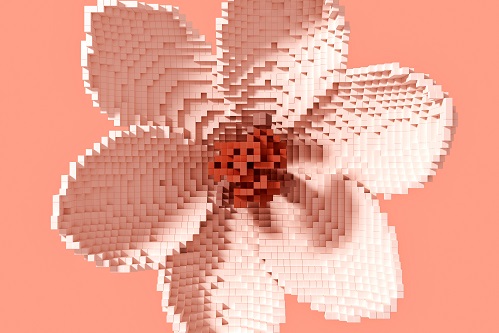Spain: The battle around the "Kukuxumusu Universe" and the right of transformation, can the artist's personal style be limited?
The artistic world is agitated. The Commercial Court nº 1 of Pamplona has put an end (at least for the time being and until the appeal the co-defendants have already announced is filed and solved), to the controversy between the company Kukuxumusu Ideas, S.L. and its founder, Mr. Mikel Urmeneta, ruling in favour of the Plaintiff.
As the media have reported in the last days, the conflict concerns the alleged infringement by Mr. Urmeneta of the exploitation (or economic) rights of Kukuxumusu as a result of the reproduction in the website katukisaguyaki.com of a number of drawings and characters identical or similar to the ones in the so-called "Kukuxumusu Universe". It happens to be that Mr. Urmeneta was the founder of Kukuxumusu and the author of the characters of that "universe" (the bull known as "Testis Bull" being probably the best known by the general public)

When the judgment was issued, the parties involved wasted no time in releasing their comments. On one side, the Plaintiff has declared to be satisfied with the outcome of the proceedings, highlighting the fact that the judgment does not prevent the defendants from using their own style in their drawings but only to use the images and drawings that were the subject of the transfer made in favour of the Company. The defendants, however, disagree with the judgment and argue that it goes "against the creativity", leading to a prohibition against "imagining and freely creating". But, what does the judgement really say?
In its ruling, the Judge of the Commercial Court nº 1 of Pamplona prevents the defendants from reproducing the drawings of the so-called "Kukuxumusu Universe", which were transferred to the Company. The transferred rights over those drawings were, indeed, the economic rights foreseen in articles 17 and subsequent of our Spanish Copyright Act, i.e. the rights of reproduction, distribution, public communication and transformation. The controversy refers very much to the last one of these rights, i.e. to the right of transformation: to what extent can the drawings reproduced by the defendants in their website katukisaguyaki.com be considered a transformation of the original drawings that were transferred to Kukuxumusu?
Article 21 of the Spanish Copyright Act defines the right of transformation as the right comprising the translation, adaptation and any other alteration in the form of a work, which results in a different work. Note that this economic rights has nothing to do with the moral right to the integrity of the work, that is foreseen in article 14 and that cannot be waived or transferred.
The right of transformation means that there is a first pre-existing work and a second derived work, the latter being different to the former one, but created from it. The rights over the derived work lay on its author who, nonetheless, cannot exploit it unless authorized by the holder of the rights on the pre-existing work.
The judgment considers that the drawings reproduced by the defendants are not original and new enough but a mere transformation of the transferred drawings. As a result, the judgment considers that the contested drawings fall within the scope of the rights owned by Kukuxumusu.
In its statements of law, however, the judgment seems to go beyond the subject of the transfer made to the Plaintiff and, when addressing the alleged infringement, the Judge stresses the fact that the thematic and narrative used by the defendants in the contested drawings, the gestures of the characters, the sceneries, the line drawings (thick and continuous, defining the profile of the characters), the colour palette, the graphics and the structure of the characters were the same ones.
But, aren't all these elements the ones that constitute the personal style of an artist? To what extent can an illustrator be stopped from using the elements that define his own particular style distinguishing him from others? Is the transformation right to be analysed rigorously in all events even when the derived and the pre-existing works have been created by the same author? Shouldn't the originality requirement that is mentioned by the judgment be more flexibly assessed in these cases?
It is obvious that, due to the transfer made years ago, the defendants were not entitled to reproduced the transferred drawings either in identical or in an amended form. What is not so obvious, however, is that the scope of the transfer can extend its effects to the particular elements that define those drawings and that will inevitably be present in the drawings the same authors may create in the future.
We will have to wait for the judgment of the Appeal Court to know how this issue is resolved. In the meantime, we are sure this case will give us a lot to talk about.


